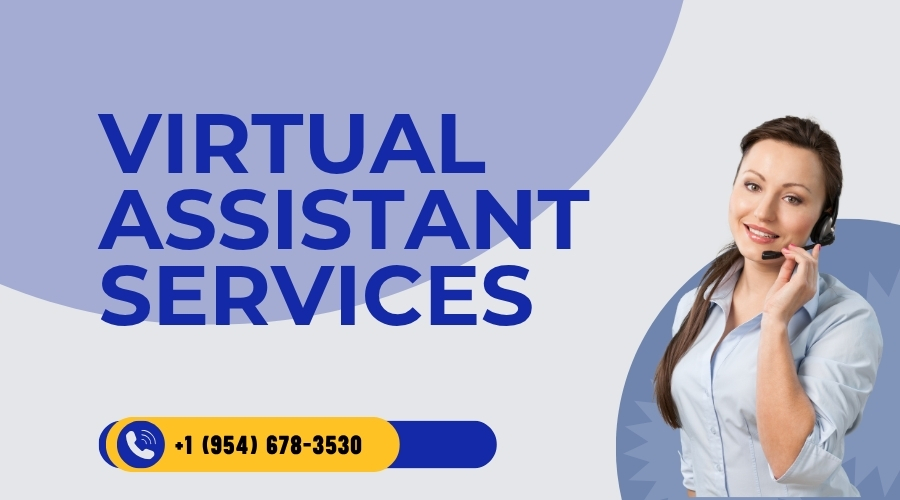A customer service virtual assistant is a computer software program that can provide customer service and support. This type of software is designed to interact with customers through various channels, such as chat, email, or phone.
The customer service virtual assistant is a highly adaptable and flexible solution that can be used in various businesses and industries. It can be used to provide support for product or service-related inquiries, as well as to resolve customer complaints.
In addition, the customer service virtual assistant can be used to upsell or cross-sell products and services. It can also be used to schedule appointments or to provide information about upcoming events or promotions.
The customer service virtual assistant is an invaluable tool that can be used to improve customer satisfaction and increase sales and revenue. If you are looking for a way to improve your customer service, then a customer service virtual assistant is the perfect solution!
1: Define the purpose of your virtual assistant
Once you have decided to use a customer service virtual assistant, it is essential to define the purpose of your virtual assistant. This will determine how you use the virtual assistant and help ensure that it provides value for your customers and your business.
The purpose of your customer service virtual assistant can vary depending on the needs of your business. For example, you may use the virtual assistant to provide automated customer service and support for product or service inquiries, resolve customer complaints, upsell or cross-sell products and services, or schedule appointments.
It is essential to clearly define the purpose of your virtual assistant so that you can set clear objectives and expectations before you begin using it. Once you have determined the intention of your customer service virtual assistant, you can create additional goals and objectives that you would like to achieve with the help of your virtual assistant. These goals and objectives can be used to measure its success and to ensure that it provides value to your customers and your business.
2: Choose the right virtual assistant provider
Once you have defined the purpose of your customer service virtual assistant, the next step is to choose the right virtual assistant provider. This can be a complex and time-consuming process, as many providers are on the market. Before selecting a provider, consider the following points:
– Support: Ensure that the provider has sufficient technical and customer support. Look for a provider with customer service and a knowledgeable support team.
– Features: Determine which features are important to you and your business. Some providers offer more features than others, so shop around before deciding.
– Cost: Consider the cost of the virtual assistant. Many providers offer a free trial and discounts for long-term contracts.
– Security: Ensure the virtual assistant has good security features to protect customer and business data.
Once you have identified the right virtual assistant provider for your business, you can implement the customer service virtual assistant. The implementation process will involve the following:
- Setting up the system.
- Testing it.
- Training customers and staff on how to use it.
- Preparing customer service resources.
Having a customer service virtual assistant in place can significantly improve customer satisfaction and contribute to the success of your business.

3: Train your virtual assistant
Once you have decided on a customer service virtual assistant for your business, you must devote some time to training your virtual assistant to provide customers with an excellent customer service experience. Teaching your customer service virtual assistant is crucial to reduce customer service time, improve customer satisfaction, and reduce cost.
To train your virtual assistant, you must provide relevant training data and answers to customers’ common queries and questions. This could include customer service conversations, FAQs, product information, customer service scripts, and how-to articles. You will need to create task-specific instructions for more complex problems and queries. You will need to develop conversation scripts and use case scenarios for more nuanced customer service conversations.
You will also need to set up customer service automation for more mundane customer service tasks like appointment scheduling, returns, refunds, and cancellations.
Finally, once your virtual assistant is trained to handle customer service queries, you should regularly monitor and evaluate its performance. This will help you fine-tune the customer service automation process and ensure your customers get a positive customer service experience.
4: Monitor and analyze the performance
Monitoring and analyzing how your customer service virtual assistant is performing is essential. This will allow you to identify improvement areas, ensure that your virtual assistant is providing the proper responses, and optimize customer service automation.
You can spot issues and identify customer service bottlenecks by monitoring and analyzing performance. Additionally, you can figure out how customers interact with your customer service virtual assistant, how we respond to automated answers, and what kind of queries we often ask.
You can also use metrics such as response time per query, customer satisfaction, and customer loyalty to measure the effectiveness of your virtual assistant. You can then use these metrics to optimize customer service automation and enhance customer experience.
Monitoring and analyzing your customer service virtual assistant’s performance will also help you uncover trends and behaviors that you can use to improve customer service automation. You can use AI-based analytics tools or dashboards to monitor and analyze customer conversations. This will help you better understand customers’ needs and allow you to make changes and improvements quickly.
5: Scale as necessary
Scaling up customer service automation with a virtual assistant can help you meet customer needs cost-efficient and time-efficiently. As customer demand increases, you may need to scale up your customer service automation system to meet customer needs better.
Scaling up customer service automation is essential to meet the needs of customers. If you scale your customer service automation system, your customers may experience better service, and as a result, you might lose customer trust and loyalty.
It is important to consider scalability when selecting customer service automation solutions. The customer service automation solutions you choose should be capable of scaling up quickly and without hassle. Additionally, we should also provide insight into customer needs, conversations, and trends so you can optimize customer service automation.
Scalability is also essential when integrating customer service automation with other parts of your business. It should be easy for you to scale customer service automation solutions up or down as needed. Ensure that the customer service automation solutions you choose are compatible with other systems and do not require additional staff or resources. By ensuring scalability, you can rest assured that customer service automation will keep your business running smoothly.







